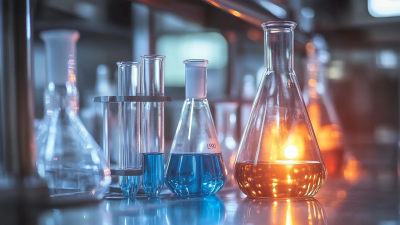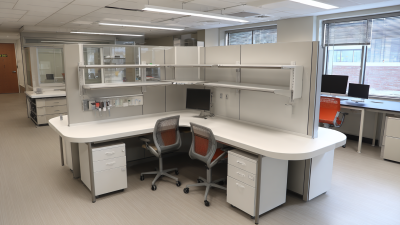In the dynamic environment of modern laboratories, the optimization of the lab workbench plays a critical role in enhancing both efficiency and safety. According to a recent survey by the National Institute of Standards and Technology (NIST), up to 30% of a lab's productivity can be attributed to the effective arrangement of workspaces, with well-organized lab workbenches directly influencing the workflow and minimizing the risk of accidents. Furthermore, the Global Laboratory Equipment Market report anticipates that investments in ergonomic furniture, including adjustable lab workbenches, will grow by 12% annually as labs increasingly recognize the need for safer and more efficient work environments. To harness these advantages, it becomes imperative for lab managers and technicians to adopt strategic approaches in configuring their workbenches, ensuring that they not only support the tasks at hand but also contribute to a healthier and more productive atmosphere.
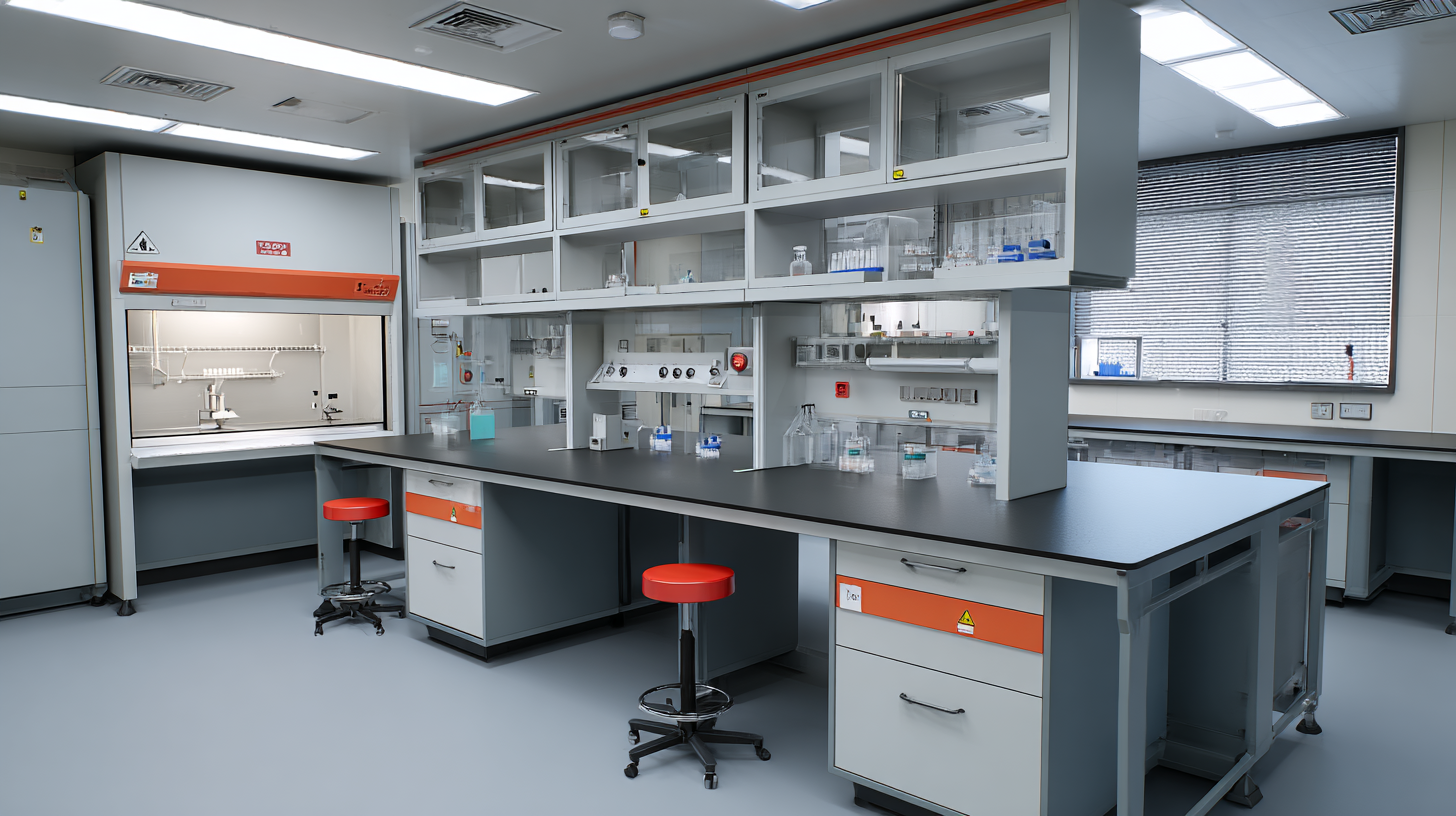
When designing a lab workbench, incorporating ergonomic design principles is crucial to enhance comfort and safety. An ideal lab workspace should consider the height and layout of the workbench to prevent strain on the back and neck. Adjustable workbenches that cater to users of various heights can significantly reduce discomfort during long hours of research or experimentation. Additionally, ensuring that tools and materials are within easy reach minimizes unnecessary stretching or twisting, further promoting a healthier working posture.
Moreover, the arrangement of equipment should follow the natural workflow of tasks. For instance, placing frequently used instruments within arm’s reach can streamline processes and reduce time spent searching for essential items. Adequate lighting is also essential; bright, adjustable lighting can help minimize eye strain and support precision in delicate tasks. Implementing these ergonomic design principles not only fosters a more efficient working environment but also significantly enhances overall safety, allowing researchers to focus on their work without the added worry of work-related injuries.
Arranging lab equipment efficiently is crucial for optimizing workflow while ensuring safety. A well-organized workbench begins with placing frequently used tools and materials within easy reach. For example, pipettes, vortex mixers, and other essential items should be located at the front of the workstation to minimize unnecessary movements. Grouping similar items together, such as chemicals or glassware, further enhances accessibility and reduces the time spent searching for equipment.
In addition to ergonomic placement, it’s important to invest in storage solutions that keep the workbench clutter-free. Transparent containers or labeled drawers can help maintain order and allow for quick identification of items. Furthermore, implementing vertical storage options can save counter space and keep essential tools conveniently accessible. Regularly reviewing and reorganizing the setup based on evolving lab tasks can also contribute to long-term efficiency and safety in your workspace.
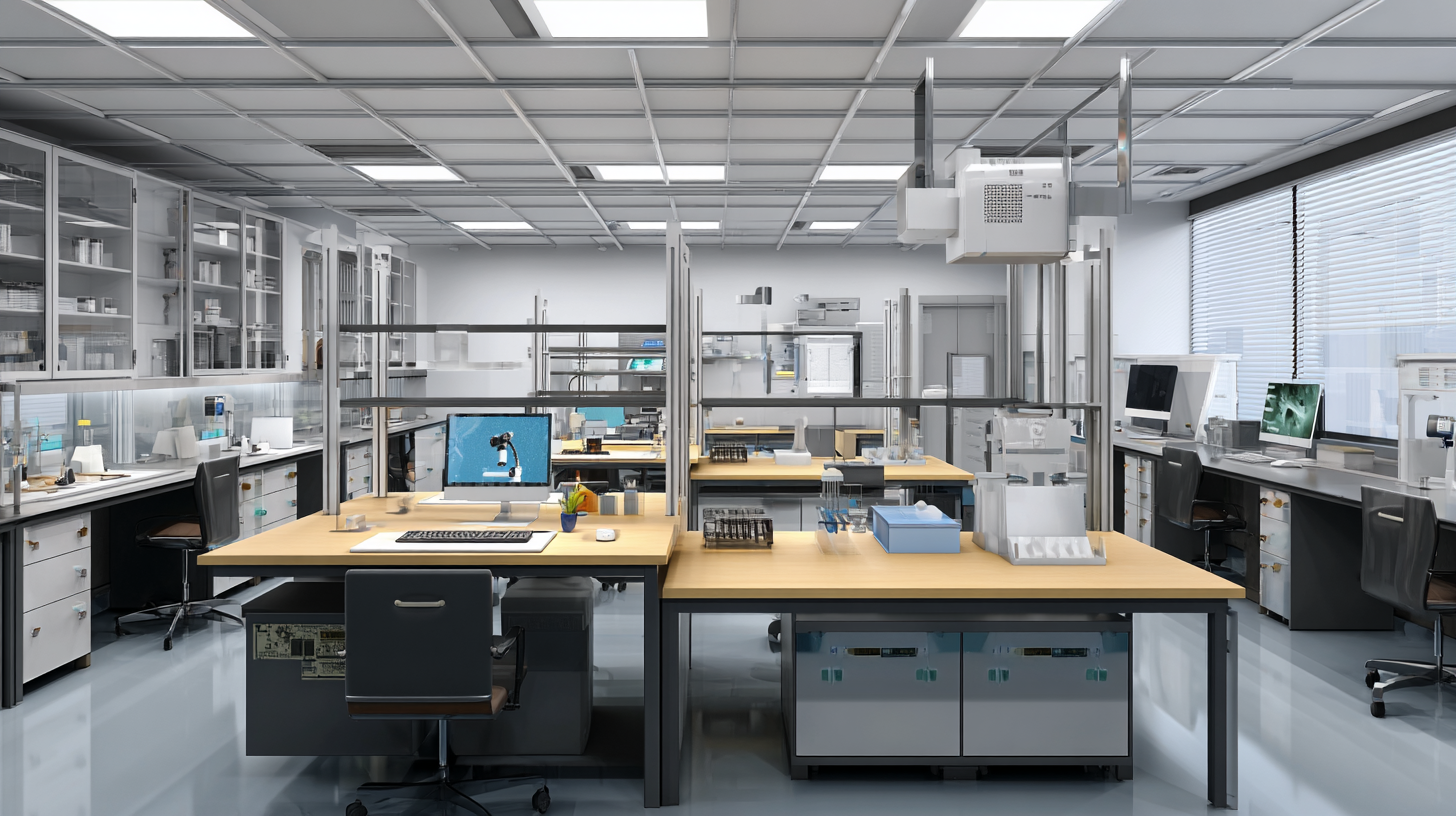
Implementing efficient inventory management for lab supplies is essential for optimizing your lab workbench. A well-organized inventory system not only enhances safety but also significantly improves workflow efficiency. By keeping track of supplies, lab personnel can quickly locate items, reducing downtime and minimizing frustration during experiments.
Tips:
Start by categorizing your supplies based on usability and frequency of use. Place the most commonly used items within easy reach to streamline your processes. Additionally, employ labeling systems to ensure all materials are identifiable at a glance, which further enhances safety and prevents mix-ups.
Regularly reviewing and updating your inventory is crucial. Create a schedule for inventory checks, ensuring that expired or low-stock items are promptly replaced or disposed of. This proactive approach not only maintains a safe working environment but also allows researchers to focus on their projects without the distraction of missing supplies.
Tips:
Consider using inventory management software to automate tracking and alerts for low stock levels. This technology can save time and promote a more agile lab environment, freeing up valuable resources to concentrate on your core research activities.
Integrating emergency equipment into your lab workbench layout is crucial for maintaining both safety and efficiency. Effective planning starts with identifying the types of emergencies that could occur in your specific laboratory environment. This includes potential chemical spills, fires, or personal injuries. Once you've assessed these risks, strategically position emergency equipment such as eyewash stations, safety showers, and fire extinguishers within easy reach of the workbench. Ideally, these tools should be placed in clear sightlines to ensure they can be accessed quickly in case of an emergency.
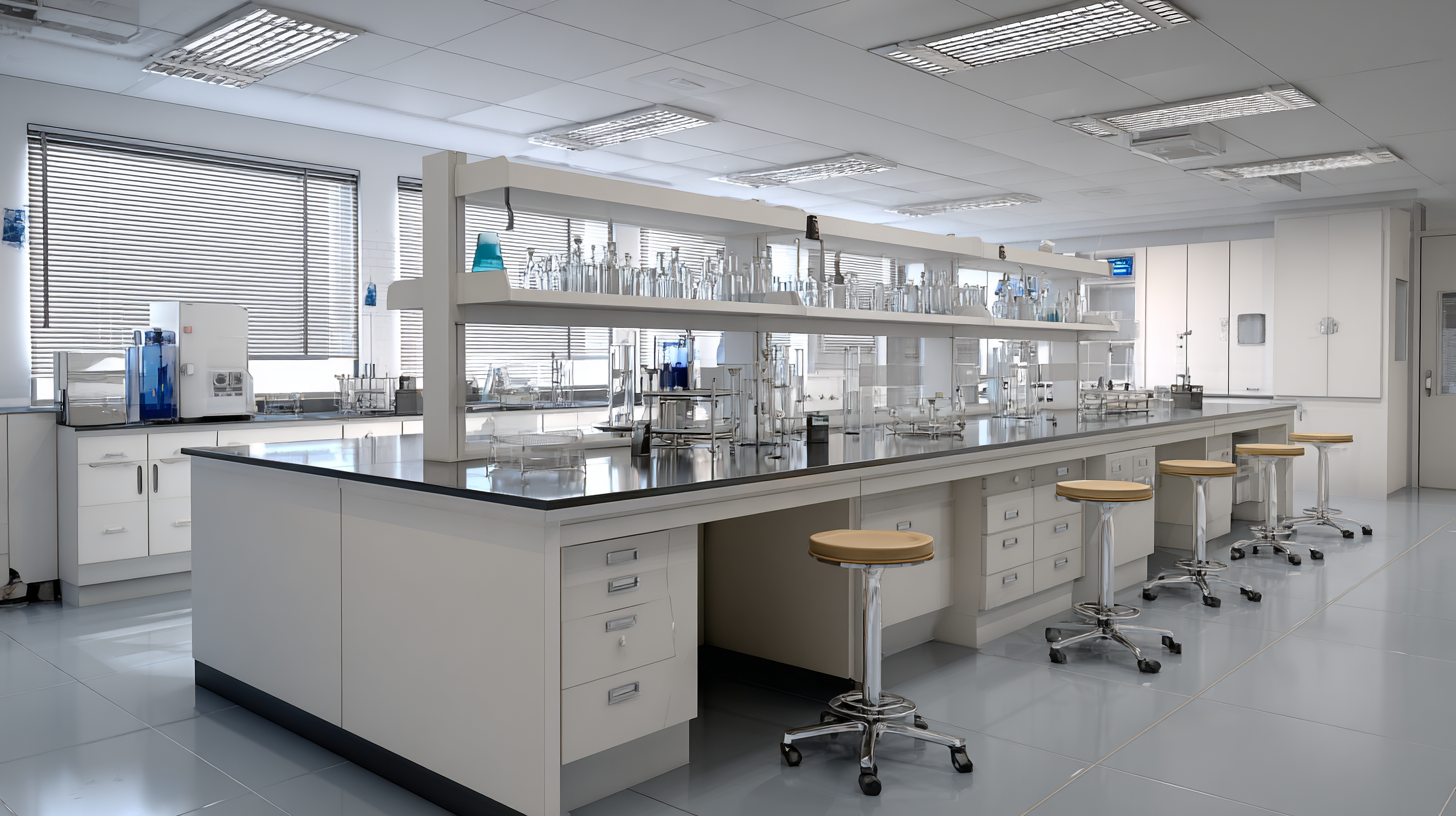
Moreover, it's essential to keep pathways to emergency equipment unobstructed. Regularly review and reorganize your lab setup to ensure that no equipment blocks access to these critical safety features. Additionally, consider signage that highlights the location of emergency equipment, ensuring that all lab personnel are aware of their placement. By creating a well-thought-out lab workbench layout that prioritizes safety protocols, you not only enhance overall efficiency but also promote a culture of safety within the laboratory.
In modern laboratory settings, leveraging technology and automation is essential for maintaining continuous efficiency improvements. Implementing automated systems can streamline routine tasks, reducing the potential for human error and freeing up valuable time for researchers to focus on more complex analyses. Advanced laboratory equipment, such as robotic pipetting systems and automated sample processors, not only enhance precision but also enable high-throughput experiments. By integrating these technologies into daily workflows, labs can achieve greater productivity and reproducibility in their results.
Moreover, digital tools can assist in monitoring lab safety and efficiency in real-time. Utilizing software for inventory management, equipment tracking, and scheduling can minimize downtime and ensure optimal use of resources. Data analytics platforms can interpret laboratory performance metrics, providing insights for continuous process improvements. By fostering a culture that embraces innovation and technology, laboratories can create a safer and more efficient work environment, ultimately leading to increased research output and enhanced safety protocols.
| Dimension | Current State | Recommended Improvements | Expected Benefits |
|---|---|---|---|
| Space Utilization | Cluttered work area | Implement modular storage solutions | Improved access to tools and materials |
| Safety Protocols | Inconsistent usage of PPE | Regular training and accessible PPE | Reduced accident rates |
| Equipment Maintenance | Irregular maintenance schedule | Automate maintenance reminders | Increased equipment lifespan |
| Data Management | Manual data entry errors | Implement digital data management systems | Enhanced accuracy and efficiency |
| Communication | Limited team collaboration tools | Adopt collaborative software | Improved project coordination |

